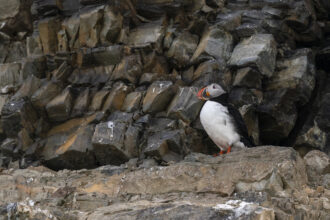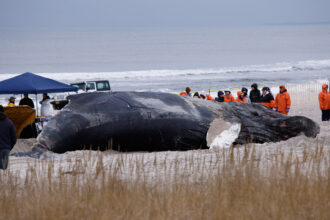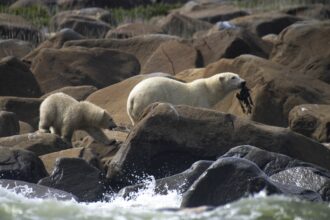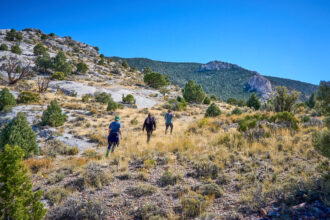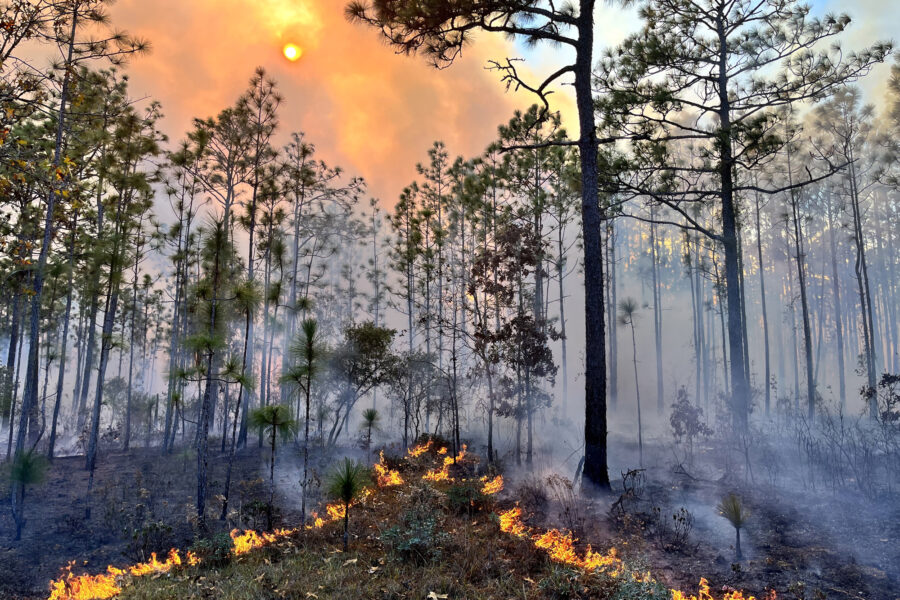After decades of battles that spanned five U.S. presidencies, the North American wolverine is gaining federal protection under the Endangered Species Act as climate change melts the legendary predator’s high-alpine habitat.
The U.S. Fish and Wildlife Service announced Wednesday that wolverines are officially threatened due to the “ongoing and increasing impacts of climate change.” It echoes a decision the agency made in 2013 and later reversed, then was forced to reconsider by a federal court in Montana.
After those delays, conservationists worry that the Biden administration’s landmark decision is arriving too late to protect small populations of wolverines scattered across icy peaks, mostly in Montana, Idaho and Washington State.
“They might not make it. But let’s give them the best shot we can,” said Matthew Bishop, an attorney with the Western Environmental Law Center who argued for the protections in court for a decade.
Wolverines were decimated in the early 1900s by trapping and colonization. Scientists say fewer than 300 still inhabit the contiguous U.S., and they face a grave threat as human-driven climate change shrinks spring snow cover where female wolverines build dens to reproduce.
The wolverine’s new status as a threatened species makes their killing or harassment illegal. However, the wildlife service proposed an exemption for hunters who accidentally snare wolverines while trapping other animals. Bishop and other conservationists view the proposed rule as a political concession to state governments, including in Montana and Idaho, that fought against protection.
With the decision, the wildlife service will also designate new protections for wolverines’ high-elevation, mountain habitat and require state and federal agencies to study how development and resource extraction might affect the species.
Jeff Copeland, a leading wolverine ecologist whose research was frequently cited in the court battles, said the decision “is a positive thing for the wolverine, certainly.”
However, Copeland said he was confused by the wildlife service’s change of heart about the scientific evidence that climate change, snowmobiling and other threats could decimate wolverines. The wildlife service had rejected that evidence on-and-off since the 2000s.
“They just kind of turned around in all the issues that were important,” Copeland told Inside Climate News. “I’m just really curious as to what happened.”
Threatened status for wolverines was opposed by Montana, Wyoming and Idaho as well as by a coalition of farming and snowmobiling groups and the American Petroleum Institute. Republican officials blasted the decision and vowed to challenge it. In a statement, U.S. Rep. Matt Rosendale of Montana’s 2nd Congressional District said the wildlife service relied on “unanswered questions and old or non-existent data” in its decision.
Sometimes called “mountain devils,” wolverines have long captured the imaginations of outdoor enthusiasts and conservationists for their ferocity and their ability to thrive in the harshest, coldest environments.
Wolverines, a member of the Mustelidae family that includes weasels and otters, resemble small bears with bushy tails. They mostly live in the northern Rocky Mountains and Washington’s rugged North Cascades today, though males sometimes embark on epic journeys across the West in search of food and mates.
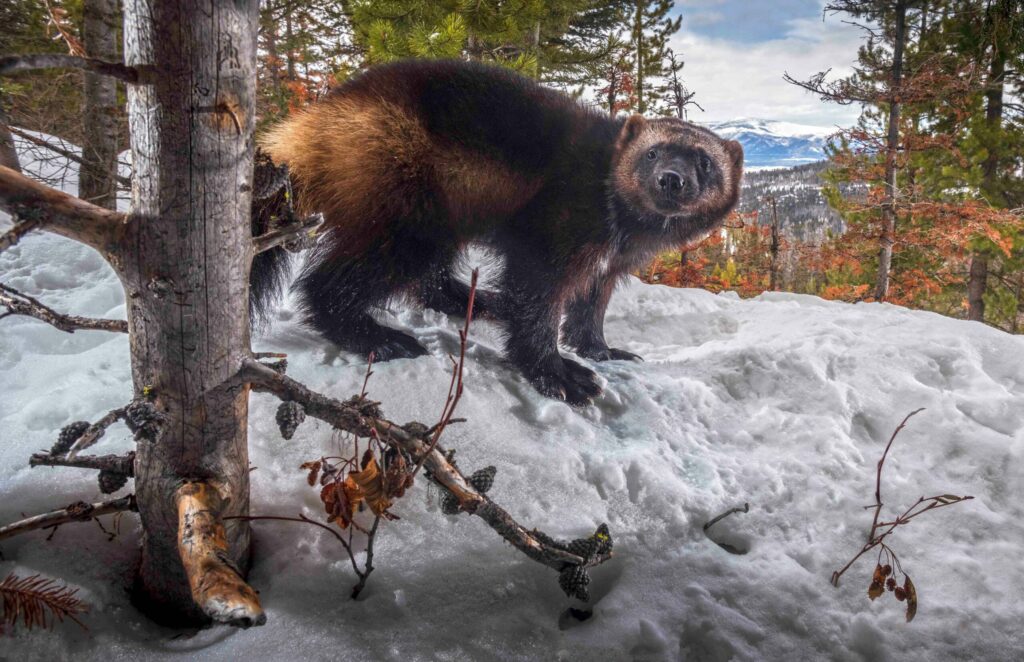
With frost-resistant hair and big, pad-like paws, wolverines are fine-tuned to alpine environments and rely on deep snowpack for survival. In Montana and Idaho, females will den only above 7,500 feet.
In a 2016 ruling, U.S. District Court of Montana Judge Dana L. Christensen said wolverines have been known to kill prey many times their size, even bull moose. Scientists once watched a wolverine with a radio collar climb seven miles in four hours to a peak in Montana’s Glacier National Park, Christensen wrote. The park probably contains the largest population of wolverines in the lower 48 states
Christensen wrote then that “the wolverines’s sensitivity to climate change, in general, cannot really be questioned. In fact, many believe, similar to the polar bear, that the wolverine may serve as a land-based indicator of global warming.”
Scientists had found in 2007 that wolverines require snow-cover through mid-May to rear their young. In 2011, a team of U.S. Forest Service scientists predicted that suitable habitat for wolverines will shrink during the 21st century because of human-caused greenhouse gas emissions, causing tiny populations of wolverines that are already scattered to become isolated and blink out.
Copeland also said a consensus emerged that snowmobilers and backcountry skiers were “invading areas that wolverines used to have all to themselves.”
This story is funded by readers like you.
Our nonprofit newsroom provides award-winning climate coverage free of charge and advertising. We rely on donations from readers like you to keep going. Please donate now to support our work.
Donate NowConservationists asked the wildlife service to protect wolverines for the first time in 1994, but over nearly 20 years, the wildlife service repeatedly decided that there wasn’t enough scientific evidence for federal protection. The agency has also argued that the Endangered Species Act doesn’t apply to wolverines in the lower 48 states because they’re not distinct from populations in Canada and Alaska, which have fared better in the North’s vast, mountainous wildernesses.
However, the agency planned to list wolverines as threatened in 2013 and set into motion a plan to reintroduce an experimental population in Colorado, which state officials are still considering. Then, the wildlife service reversed course the next year and announced that threats to wolverines were “not as significant as believed,” though agency staff struggled to explain the change to the public.
The agency’s back-and-forth has frustrated stakeholders on both sides of the issue and irked judges in Montana.
Bethany Cotton, conservation director for the environmental nonprofit Cascadia Wildlands, applauded the wildlife service’s decision but said it’s only become harder to protect wolverines since conservationists first asked the agency for protections almost 30 years ago.
Scott Jones, executive director of the Colorado Snowmobile Association, opposes the new protection for wolverines because he said it could place swaths of the Rockies off-limits for snow machine riding, which has surged in popularity. He wasn’t sure why the agency had reverted to its opinion from 2013 that wolverines warrant protection. He said the wildlife service apparently copy-and-pasted much of this week’s decision from decade-old documents.
“I’m not really sure what they’re doing, candidly,” Jones said.
Cotton noted that the wolverine’s journey to “threatened” status took place during a tumultuous era for the Endangered Species Act, which Congress passed 50 years ago. The wildlife service rejected wolverine protections in 2006, when an appointee of the George W. Bush administration was personally intervening in the agency’s conservation decisions to benefit developers and fossil fuel interests. That year, Judge Donald W. Molloy of the U.S. District Court of Montana blasted the service for losing touch with science and forced officials to reconsider, The Washington Post reported.
The court again slammed the wildlife service in 2016 for opting not to protect wolverines. In a ruling then, Judge Christensen wrote that the agency had apparently bowed to political pressure from Wyoming, Idaho, Montana and other states that cast doubt on climate modeling.
“In some instances, species conservation is a political issue as much as it is a scientific one,” he wrote.





